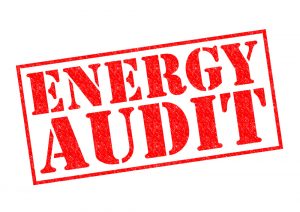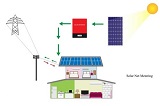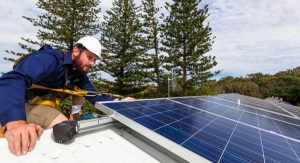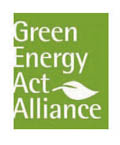The way you light, heat, cool and power your home can significantly impact your bills. Older appliances use more energy than necessary, and some upgrades are cleaner than others. Leaks of all sorts, from heat to water, are invisible money “vampires,” driving up your utility costs.
Under Ontario’s Home Renovation Savings Program, homeowners who invest in energy-efficient home improvement projects may qualify to receive up to $5,000 for solar panels and $5,000 for home energy storage systems.
A home energy assessment can help you pinpoint areas for immediate and future improvement, while helping you save money, improve comfort of your home, and become a positive force for climate change at the same time.
What Does An Energy Assessment Entail?
An EnerGuide home energy inspection involves two phases: a pre-assessment and a post-assessment.
In the pre-assessment phase, a Certified Energy Advisor will initially examine your home from top to bottom to collect information such as its age and square footage and the condition of various equipment. The pre-assessment audit should be your first step before making energy-saving home improvements such as adding insulation to your walls or installing solar panels on your roof.
Your energy adviser will evaluate various inefficiencies in your home, such as those that might result from:
- Leaks and broken seals around doors, windows and skylights
- A lack of insulation in areas like the garage, attic or crawlspace
- Your HVAC system and water heater
- Your use of electricity
- Bulky, outdated appliances
In addition to a visual, room-by-room examination of the home, a Certified Energy Advisor may employ equipment such as a door blower or infrared camera to provide a more comprehensive appraisal. Having completed their inspection, your energy adviser will provide you with a report that includes recommended upgrades you can make to resolve various inefficiencies, save money on your home’s energy bills and qualify for rebates from the federal government.
 Door blower test identifies air leakage in a home in Ontario
Door blower test identifies air leakage in a home in Ontario
Once you have made min 2 out of 5 suggested upgrades within 120 days of the initial visit, you’ll arrange for your adviser to return to your property to conduct their follow-up post-assessment inspection. During this appointment, they’ll evaluate the improvements you’ve made to make sure you’re eligible to receive the incentives.
Benefits of Getting an Ontario Home Energy Assessment
Home energy audits are easy, fast and inexpensive. By learning which areas of your household represent short- and long-range opportunities to slash spending on your energy bills, you can save a significant amount of money over time. You’ll also make your home more attractive to potential buyers, potentially commanding a higher asking price if you decide to sell.
Ask your professional inspector which recommendations to prioritize, so you can immediately dive in and start making an impact. Often, you don’t need to make large-scale overhauls to start reaping the benefits. For example, switching to low-flow plumbing fixtures is a fairly inexpensive DIY project that can start paying for itself immediately.
Another advantage of having a professional home energy assessment is that a trained inspector can uncover hidden problems. For example, would you be able to tell if inadequate ventilation is affecting your indoor air quality? Discovering and fixing these issues as they occur is essential to keep every member of your household safe and healthy at home.
 Rooftop solar panels installation on a residential home in Ontario
Rooftop solar panels installation on a residential home in Ontario
How to Get Your Professional Energy Assessment
To schedule a home energy assessment, find a qualified provider by entering the first three digits of your postal code using this online form. After you book your initial appointment, the service organization will follow up via phone or email. And if you choose to install solar panels as a part of your home energy improvement, don’t hesitate to contact us for a free no-obligation quote!


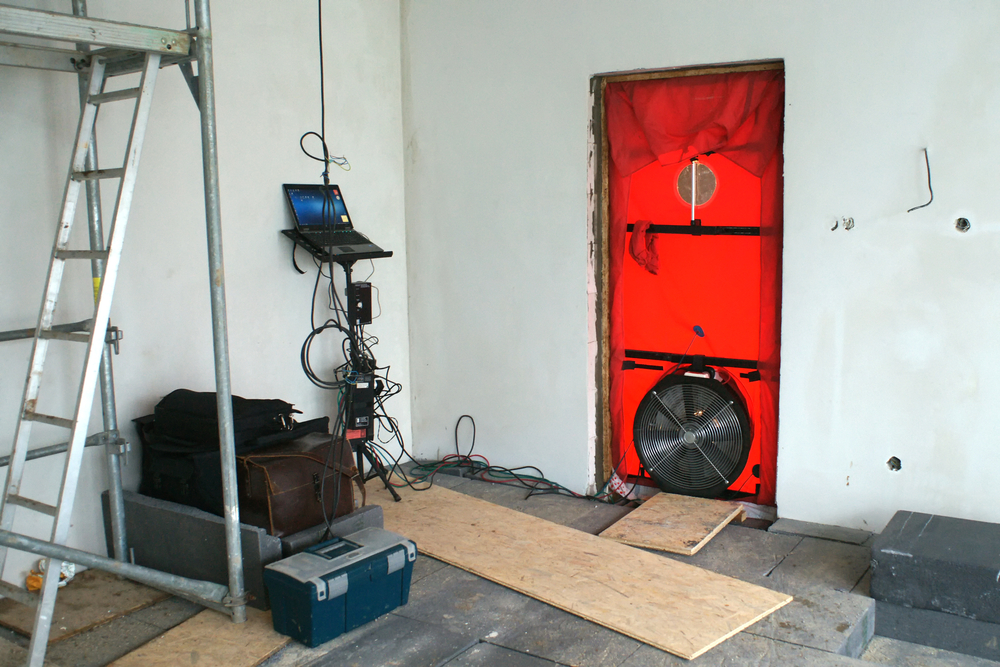 Door blower test identifies air leakage in a home in Ontario
Door blower test identifies air leakage in a home in Ontario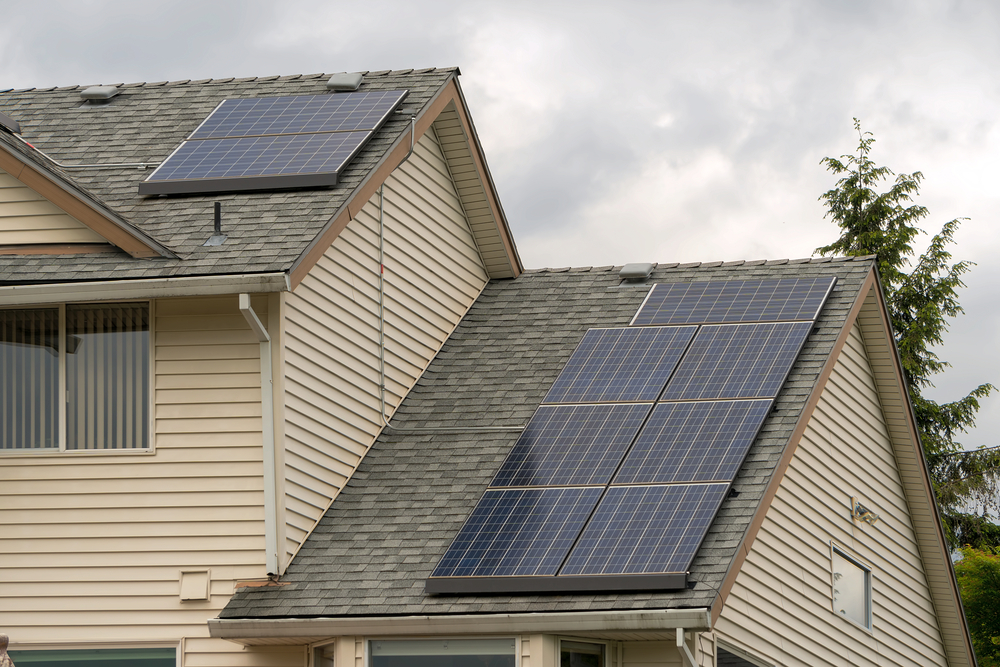 Rooftop solar panels installation on a residential home in Ontario
Rooftop solar panels installation on a residential home in Ontario